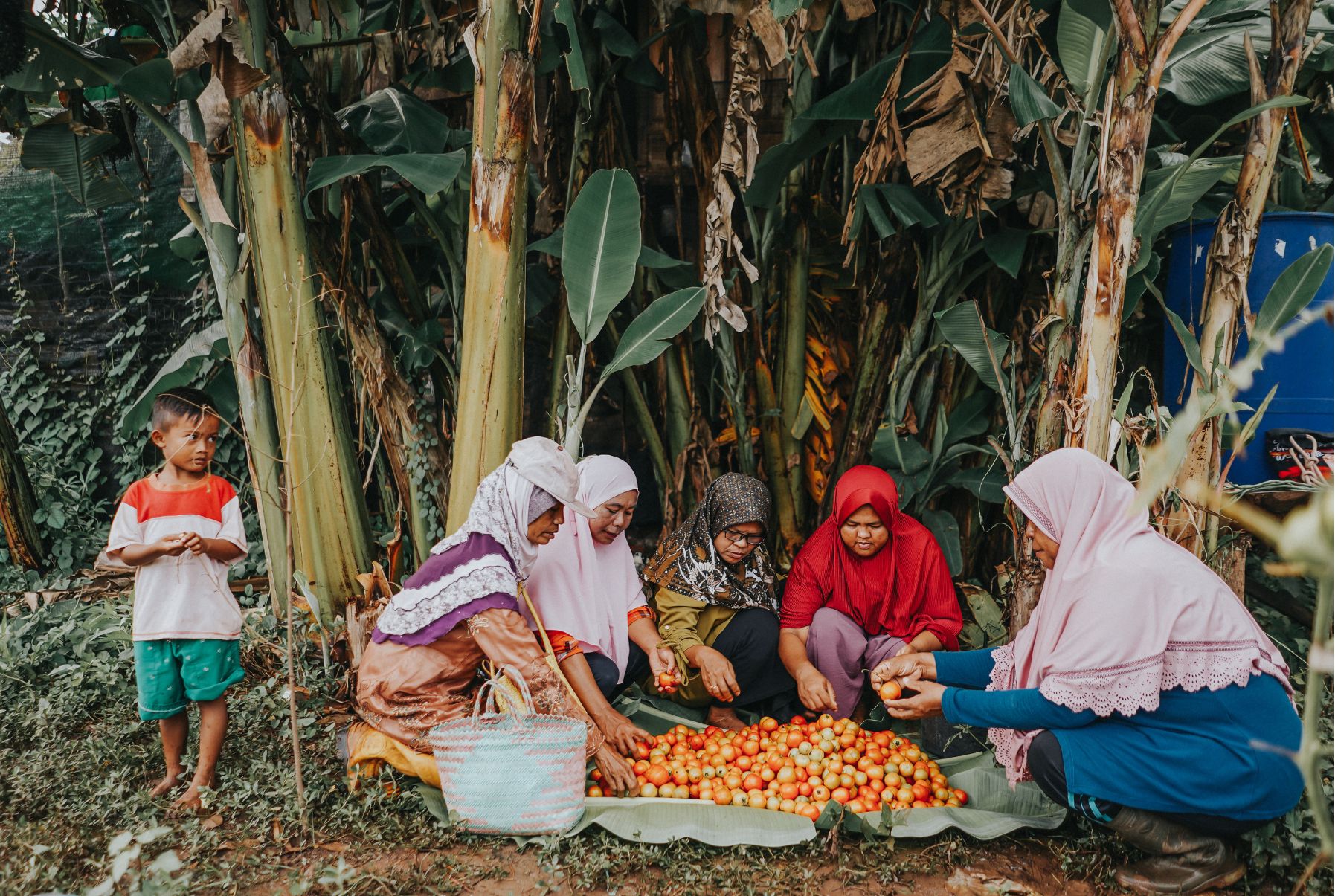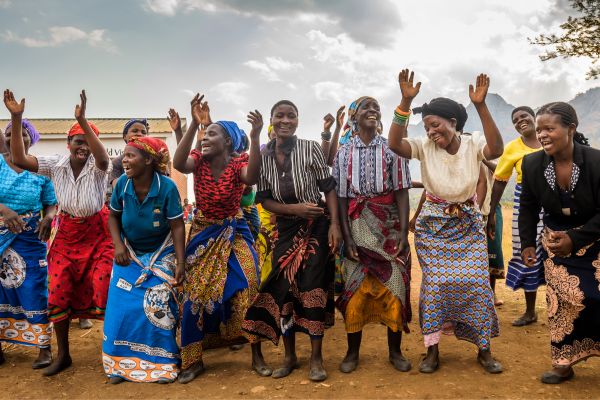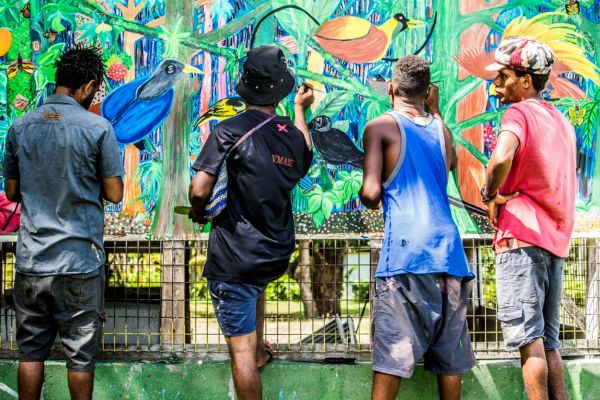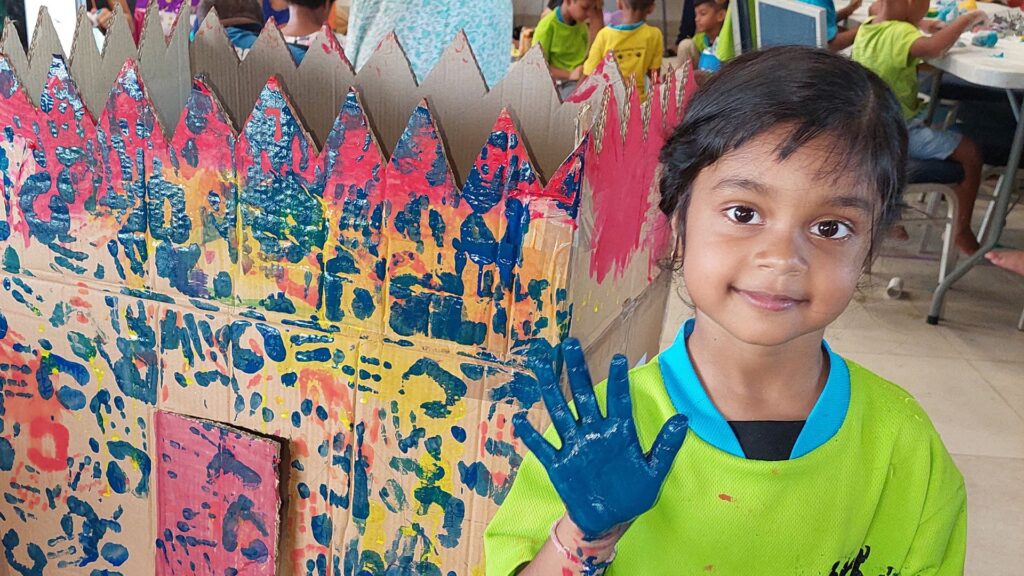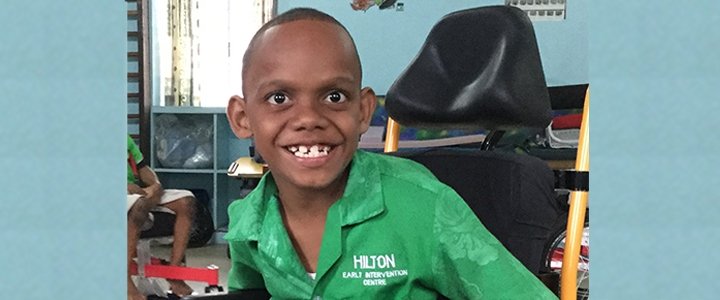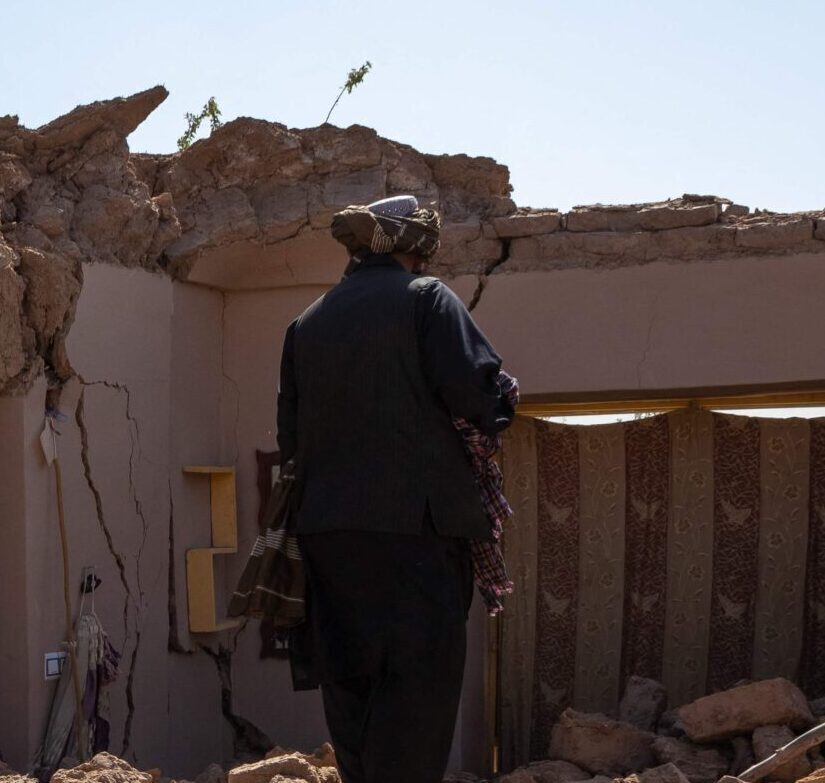At Motivation Australia our mission is to enable people to stay healthy and access rehabilitation and assistive technology from local services through trained personnel. Our work focuses on building the capacity of our local partners through providing technical advice, training, mentoring and supporting their advocacy.
Clients of our partners’ services include children with disabilities, and we are highly conscious of the importance of ensuring there are opportunities for these children to have a say in the services that affect them. There are considerable challenges in doing this successfully – particularly given that these children are likely to have a combination of physical, communication, and sometimes cognitive impairments. Without early intervention services, speech therapy, opportunities, resources and practice in using different ways to communicate, few children are practised in ‘speaking up’.
With this in mind, our team set about exploring how we can introduce feedback loops for child service users. We focus on ensuring these children have accessible opportunities to share their experiences, satisfaction or dissatisfaction with the service they have experienced. To be effective, solutions need to be:
- Practical for personnel without specialist training to easily implement in an environment with limited time and resources; and
- Adaptable to the different communication strengths of individual children and their cultural context.
Here are our top three strategies to ensure children with disabilities have their say.
A client-centred focus
The first strategy is to build into our training of national personnel a strong client centred focus. We emphasise through our training material, delivery, and mentoring that service users are equal members of the team working to meet their rehabilitation and assistive technology needs. Some examples of the cues we use to strengthen this messaging include: having service users support training delivery; service forms that include service users signing to agree prescription choices for assistive technology; and illustrations of good practice examples of consulting with service users embedded in training material. We apply this across all ages, and actively encourage personnel to ensure that when working with children, they engage directly with the child as much as possible, rather than only with parents or caregivers.
Exploring different tools
Given the challenges children with disabilities may have with communication, our second strategy is to explore tools that can facilitate communication where there is no speech therapy or other similar assistance. We have tested with children, their families, and national service personnel a toolkit offering options for children to feedback, including with non-verbal methods, and child-friendly interactive activities such as drawing, taking photographs, and telling stories. This toolkit is reliant upon service staff having some training in its use, which in itself is beneficial to reinforcing the importance of enabling children to feedback.
Through expanding attention on direct feedback and offering different facilitation methods, the opportunity for children to complain about services they have received is enhanced. Yet in practice, children with disabilities are unlikely to do so. Therefore, our work on strengthening service systems emphasises the critical importance of following up children after receipt of assistive technology as soon as possible. This provides personnel with the opportunity to check, ideally in the child’s home environment, how well the device is meeting their needs.
Voices of parents
Our third strategy is to value and support the voices of parents of children with disabilities. Parents are directly impacted by the quality and accessibility of the services their children need and are often strong advocates on behalf of their children.
Continuous learning
We are still learning how children with disabilities can have their say when accessing our partners’ services, and what we can do to support national personnel in their work. Some lessons from our experiences include:
- Communication is a learnt skill. Children with disabilities are often not exposed to practice in communication, so taking the time to seek their views is both more challenging and more important.
- Non-verbal communication tools do not necessarily translate cross culturally. For example, the use of drawings for feedback will only work where children have had repeated opportunities to draw.
- Supporting staff to routinely engage children directly and use appropriate communication needs consistent role modelling, system support, and follow-up to become embedded practice.
We know it will take time to build a more enabling environment where children with disabilities can easily have their say. However, through a combination of strategies including supporting a culture of addressing children directly and asking for their feedback; offering alternative methods of communication; working with parents; and most importantly listening and responding when children do let us know what they think, we have had some success that we will build on with our service partners.
Samuela’s Story
Samuela is a student at the Hilton Special School in Fiji and received his first wheelchair through our partnership with the Frank Hilton Organisation. Prior to this, Samuela would crawl, or wait for help to move about.
Samuela helped test our child friendly feedback toolkit using the ‘drawing’ method. He was asked to draw a picture of himself and his mobility device. Samuela chose to draw a picture of himself and his wheelchair in the yard at school. Responding to open ended questions about his drawing, Samuela then shared that he is happy with his wheelchair, and an important benefit for him is the ability to go into the school yard and play with his friends.
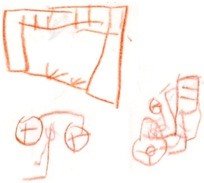

Kylie Mines
Kylie Mines qualified as an Occupational Therapist in Adelaide, in 1989, and has always had a strong interest in rehabilitation and appropriate assistive technology. Kylie began working in international development in Lithuania in 1991; and joined the Motivation Charitable Trust in 1993 to establish a national wheelchair service network in Cambodia. That first project with Motivation led to seven years of programme work, living and working in Cambodia, Russia, Lithuania, Albania, Romania, Bangladesh and Sri Lanka. Kylie founded Motivation Australia in 2007. She is the CEO and holds a position on the Board of Governors. As well as her role with Motivation, Kylie works as a consultant for the World Health Organisation (WHO).
